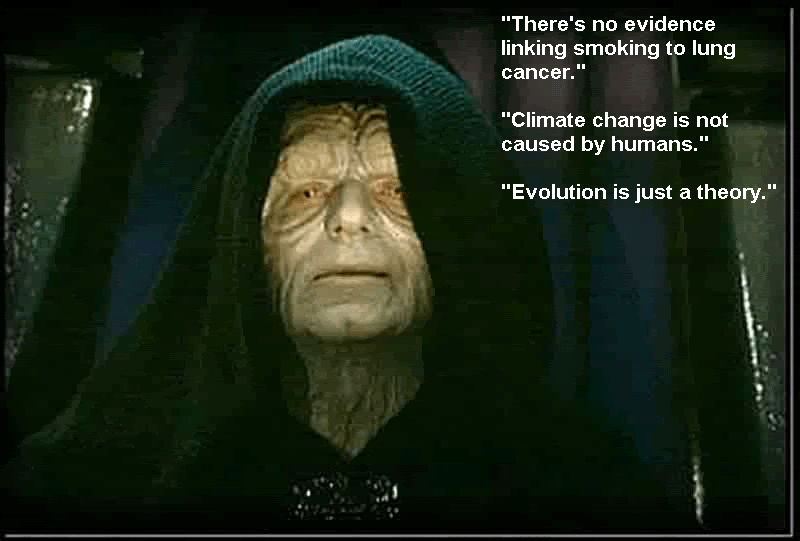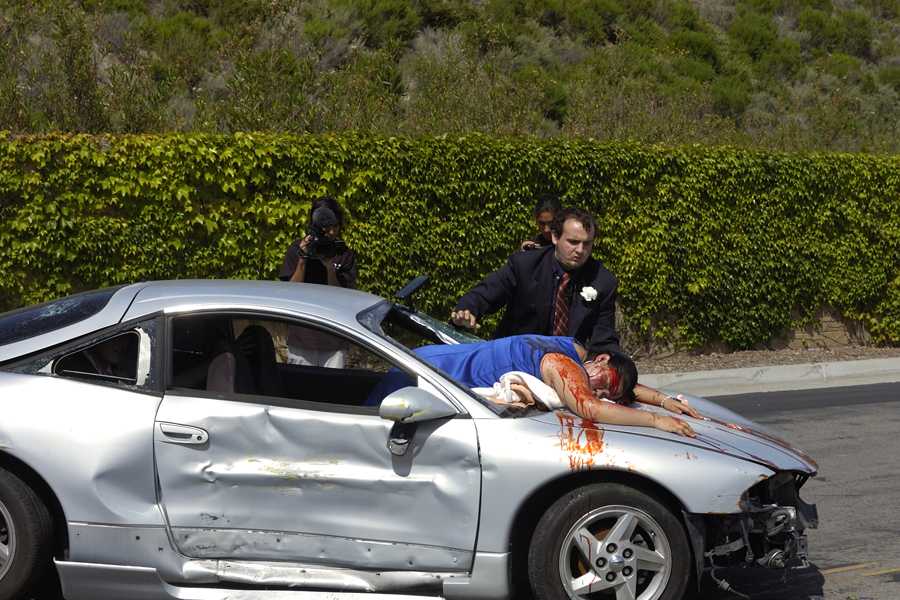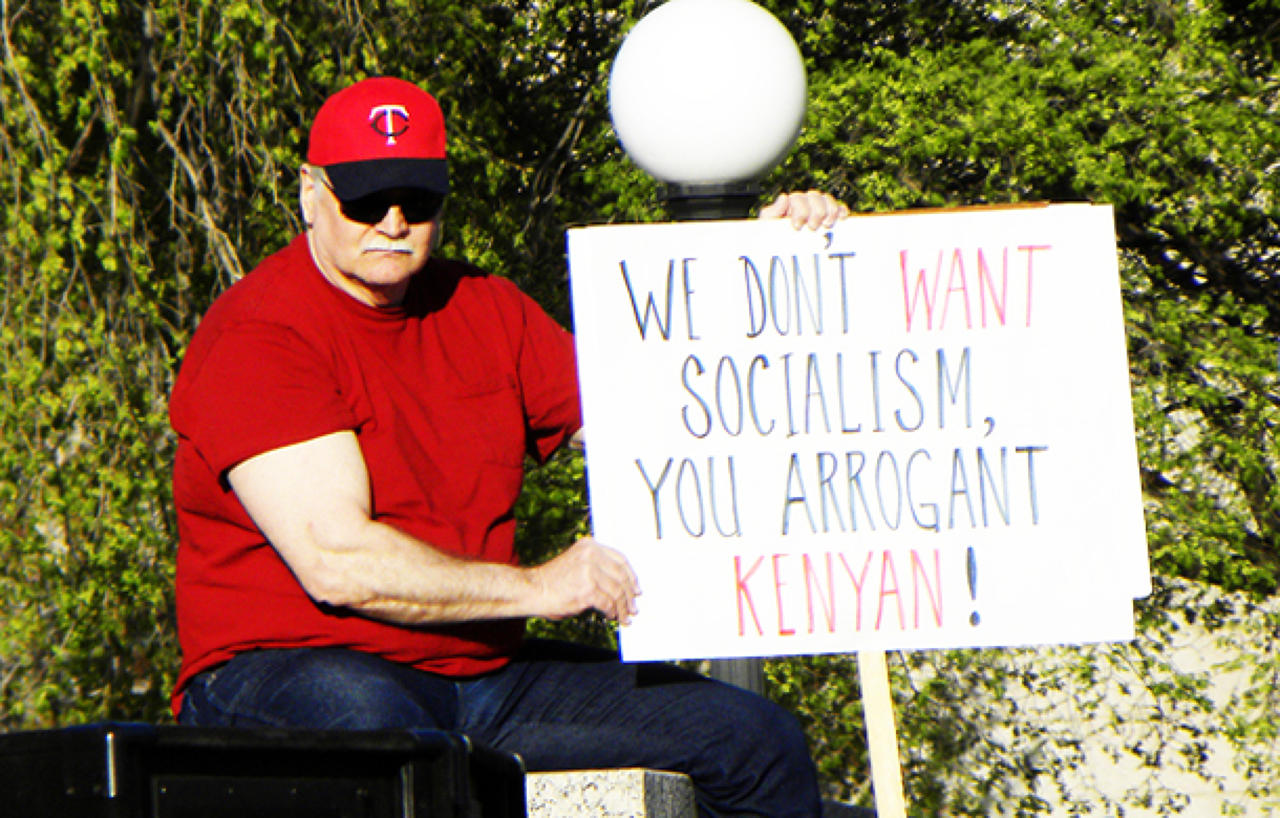Now I know everyone has been wringing their hands about the election two weeks ago. What went right, what went wrong, what we could have done better, what we need to do now that Republicans are taking over the Senate and other offices around the country, and these are all very important questions. But one thing has not changed: the stock market and GDP continue to go up, while families across this country are getting squeezed harder and harder. Dealing with this problem requires an honest recognition of the kinds of changes we need to make if families across the country are going to get a shot at building a secure future.
You know, this is not about big government or small government, it’s not the size of government that worries people. Rather, it’s a deep down concern over who government works for. Say what you like, people across this country, everyday folks with bills to pay and kids to raise, know that this government does not work for them.
You know, there was a time when government worked for real people.
Coming out of the Great Depression, our country believed that we could build an America that was better than the boom and bust economy that we’d had for over a century. So we made some key decisions that helped us build a strong middle class, helped make this country work for Americans, and think about what the core of that was.
The first thing we did: we said we’ve got to have a level playing field here — where people can’t get cheated, and people can’t get tricked. That meant that we put some good, tough regulations in. We built the SEC, to make sure that we were not going to have people getting cheated on Wall Street. We had FDIC insurance which made it safe to put money in banks. Glass-Steagall said banking should be boring, if you want to take risks, you’ve got to go somewhere else to do it. We wanted a level playing field– that was key.
The second thing we did: we invested in building a future for our people. We did it in multiple places.
In education: Think about it, coming out of the Great Depression, all the different places, what did a grateful nation say to returning GI’s? We will help you get an education. In the 1950’s and 1960’s America said, we’re going to help young people who can’t afford to go to college, by giving them subsidized loans so that they’ll be able to get an education. We poured money into our state universities, so that every kid who worked hard, who played by the rules, would have an opportunity to get an education. Why? Because we believed that if our kids had a better education, they could build a stronger, brighter future for themselves.
Infrastructure: We made huge investments in infrastructure, in roads and bridges and power grids. We built the interstate highway system. Why did we do those things? We did it because we didn’t know who was going to have the next great business idea, we didn’t know who was going to have a clever way to take a small business and turn it into something big, but we were pretty darn sure they were going to need electricity. We were pretty sure they were going to need roads and bridges to get their goods to market. We were pretty sure they were going to need opportunities to have good workers, and workers who could get to them, so we all invested in that infrastructure, so that those who had the great business ideas could build those businesses here in America, build those jobs in America and we would have a brighter, stronger future for all of us.
Research: The third big investment we made, and it was a huge investment, one that had such vision as a country, we invested in research. Just think about that, we did this. We invested in medical research, in scientific research, in engineering research, in chemical research. We invested in research because we believed that if we built this giant pipeline of ideas, our children would have opportunities that we couldn’t even dream of.
So we made these investments as a country. We said, we’re going to have tough rules in place, a level playing field, and then we’re going to invest in building the future, and here’s the deal, it worked. It worked for half a century. You take a look at the numbers, and GDP just keeps going up year, over year, over year, but here’s the key, at the same time median family income, that family right in the middle, income just kept going up the same. In other words, as our country got richer, our families got richer, and as our families got richer, our country got richer.
Conservatives fire the cops on Wall Street and cut public investment.
And then starting in the 1980s, the story changed. The Republicans argued for a new way to build the economy. First proposal: fire the cops, not the cops on Main Street, the cops on Wall Street. Now they called it deregulation but the impact was exactly the same. Cut the regulations, cut the oversight, and turn the biggest financial institutions loose. Let them make money any way they want. And then second, cut taxes for those at the top and when you’ve cut them all you can, cut them again. So how do you pay for that? Well, pay for it by cutting funding for just about everything the federal government does to invest in opportunity for the next generation. Cut education, commerce, energy, highways, NIH, Natural Resources Management, cut it all.
The Republicans have a pretty simple philosophy. They say that if those at the top have more, more power for Wall Street players to do whatever they want, and more money from tax cuts, then somehow they can be counted on to build an economy for everyone else.
Well, we tried it, for thirty years, and it didn’t work. In fact, the consequences were nearly catastrophic, we found out what happens in 2008 [when] we fire the Wall Street cops the whole economy nearly blows up. The financial collapse of 2008 got its start with predatory mortgages, that weren’t sold by community banks and credit unions, they were sold by fly by night mortgage brokers who had almost zero federal oversight and then the big banks looked over, saw the profit potential and they wanted it bad. So they jumped in and sold millions of these terrible mortgages while the bank regulators just looked the other way.
Now, they had cute names and they had ugly names, but mostly those terrible mortgages were like little grenades with the pins already pulled out. No one knew when they would explode but they were definitely going to blow up at some point. With no effective regulations in place, huge financial institutions bought up those mortgages by the millions and then packaged them into huge boxes, boxes of grenades with the pins already pulled out, and then they sold those boxes off to pension funds and other investors who were looking for a safe place to put their money.
When the mortgages blew up, the devastation was staggering. We need to remind ourselves of these numbers every single day. The crash of 2008 destroyed 8 trillion dollars in the stock market, 6 trillion dollars in the housing market, 8.7 million people lost their jobs, and five million families lost their homes in foreclosure.
A new rules world isn’t a level playing field. Those families didn’t stand a chance, and neither did the building contractors or retailers, or start-up businesses that also got wiped out in a crash that they didn’t cause.
Accountability for the largest financial institutions on Wall Street is the bedrock for a strong economy. Hard-working families and honest businesses cannot survive in a world where the rules don’t keep the marketplace honest.
The Republicans also said, “cut investments in the future,” and look at the results.
First, education investments are crucial. We need a work force that is well-educated and well-trained, and we need to make that happen without bankrupting families. Education is good for the individual who gets it, improving his or her lifetime chances, but education is also good for our economy, good for building a robust economy and attracting high-paying jobs here at home.
But right now we are on target for a serious shortage of college graduates. By 2020, that’s six years, by 2020, we’ll have five million jobs that require post-high school education and no one to fill them, and instead of making college more affordable and accessible, we’re crushing kids under student loan debt.
Adjusted for inflation, costs at state schools are up nearly three hundred and fifty percent in a single generation. If we want our kids to start a life without carrying a thousand-pound rock of debt on their backs, and if we want our businesses to have a competitive workplace, then we must make sure that education is affordable. Can I have an amen on that? We just have to do this
Second, infrastructure investments. Everyone understands the importance of roads and bridges, and mass transit, and an efficient power grid, and high-speed Internet connections. Infrastructure is about creating good jobs in the short run, good construction jobs, and in the long run, it’s about creating the environment for more good jobs, plowing the field so that businesses can grow those jobs here at home. But right now we live in a world where China invests nine percent of its GDP in infrastructure, Europe is at five percent, the US– 2.4 percent and looking to cut. Think of it this way: China is building a competitive advantage for its businesses, while here in America we’re looking for ways to cut our basic investments.
Third, invest in scientific and medical research. Research provides the ideas and innovation that power our economy. Federal R&D is the basis. I just made a very short list here that I could do off the top of my head, for the internet, for GPS, for nanotechnology, for flu vaccines, it’s the basis.
For every dollar spent at NIH, for example, there’s an economic pop of two dollars and 21 cents in the private sector, and in the long run it’s that giant pipeline of ideas and all those smart scientists and entrepreneurs who use that research to make this economy soar, but since the 1960s this country has slashed the investment in federal R&D, as a percentage of GDP, by more than 50 percent. Surely no one believes that we build a more competitive, more innovative country by shrinking the pipeline of ideas.
Our country is headed in the wrong direction, the American dream is slipping out of reach, and we, you and I, may be the first generation in American history to see our kids do worse than we did. This cannot be the legacy we leave for our children and for our grandchildren. We must fight back with everything we have.
The game is rigged, but we know how to fix it. We know what to do.
We tested the Republican ideas and they failed, they failed spectacularly, there’s no denying that fact. We know the importance accountability on Wall Street, the benefits of having a better educated workforce, the advantages that come from investments in high-speed rail and in medical research. And here’s the second piece of really good news: we know what to do, and the American people get it. They are ready.
———
Because everyone’s talking about Election Day, I want to summarize some polling research from that day. There’s a survey of voters who showed up to vote in the midterm elections in 11 battleground states. Now remember these are the people, who in 10 of the 11 states, in the survey, sent Republicans to the Senate. Here’s what they said:
● 80 percent of all those voting said both parties are doing too much to help Wall Street,
● 75 percent said invest more money in education, from Pre-K through college,
● 66 percent said close corporate tax loopholes to make investments in infrastructure or reduce the deficit,
● 62 percent said raise the minimum wage,
● 61 percent said increase Social Security taxes and increase benefits, and
● 62 percent said the Republicans don’t have a plan to help the economy.
People across this country get it. Sure, there’s a lot of work to be done and there is a long way to go before Democrats can reclaim the right to say that we’re fighting for America’s working people, that we’re fighting to build a future not just for some of our children, but for all of our children. No we’re not there yet, but don’t forget the good news: our agenda is America’s agenda.
For me, this is personal, I grew up in a family that was hanging onto its place in the middle class by its fingernails, and like a lot of families, we hit some really tough patches. When my dad had a heart attack, we had a long stretch with no money coming in, the bills piled up, we lost the family station wagon and we were right on the edge of losing our home. When the time came there was no money to send me to college, but I got a chance. A commuter college that cost 50 dollars a semester, and it opened a million doors for me.
So there it is. I am the daughter of a janitor and a mom who worked a minimum wage job at Sears, and today I’m a United States Senator.Sure, I worked hard, but I succeeded because I grew up in an America that was investing in kids like me. I believe in that America, I believe that we can build that America for every one of our kids but I know we’re going to have to fight for it, so we better get ready.



















.jpg)

























